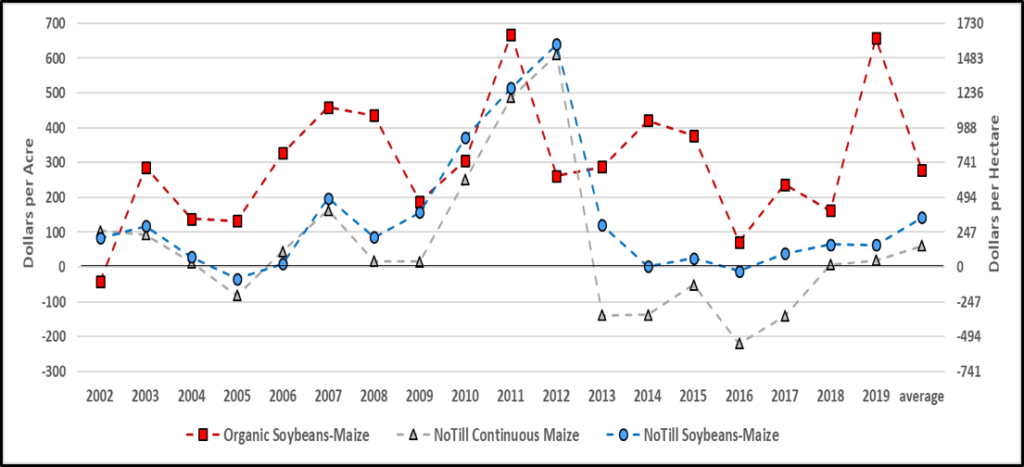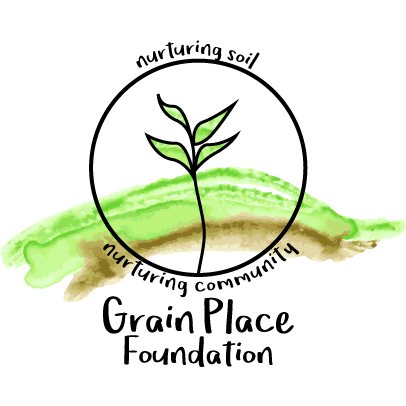by David Vetter, Richard Little, and Charles Francis, July 2020
The nine-year diversified, irrigated organic rotation at the Grain Place was established in 2002 with two replications and average plot size of 12 acres. There are five years of organic crops, and four years of hay and pasture. We analyzed corn and soybean yields and net returns for two cycles and compared these with conventional corn and corn-soybean rotations using average farm data from Hamilton County.
Organic yields were 30% lower for corn and 60% lower for soybeans than conventional monocultures; no conventional yield data are available for comparisons with our barley or popcorn. Organic farmgate prices are conservatively based on feed grain prices, rather than higher food grade prices. All organic grains were processed on farm by Grain Place Foods. Organic corn price was 101% higher than conventional, and organic soybean was 83% higher than conventional. Due to substantially lower input costs and even using conservative organic prices, the returns from the diversified organic system were impressive.
Net returns for the three years of organic corn and soybeans in the nine-year rotation (one year of corn, two years of soybeans) were positive for all but the first year. Organic net returns were higher than or equivalent to continuous corn or corn-soybeans for 16 of 18 years. The figure below shows the net returns after fixed and operating costs across two cycles of the rotation at GPF compared to county averages for conventional crops. Average net returns in the organic system were almost $300 acre, while returns for continuous corn were about $60/acre and for corn-soybean were about $150/acre; the difference is primarily due to lower production costs in the organic system plus price premiums.

These results have been used in classes at UNL in Spring Semester, 2020, and are posted on the GPF web site in July 2020. It is unclear why conventional farmers plant continuous corn in the county, when the county averages show a clear advantage to the two-year rotation. More important for us are the results showing that organic systems are consistently more profitable than conventional systems, and without the dangers for farmers of chemical exposure. They also reduce the pressure for even wider development of herbicide-resistant weeds, which would be an advantage for both conventional and organic farmers. Further analyses will evaluate the entire nine-year rotation to assess the value of diverse crop sequences to add resilience in yields and incomes to cropping and crop/animal systems in the Platte Valley of Central Nebraska.


You must be logged in to post a comment.